Background
Berleant, Arnold was born on March 4, 1932 in Buffalo. Son of Bernard and Elizabeth (Barkun) Berleant.

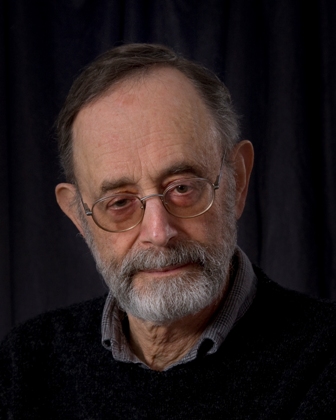
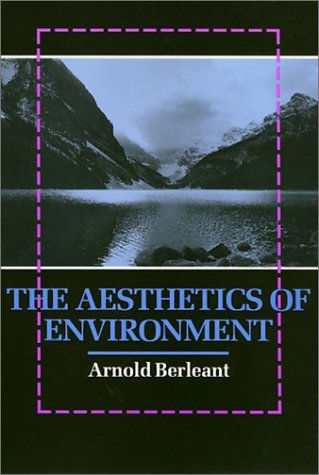
(Unlike environmental ethics, where what is right and wron...)
Unlike environmental ethics, where what is right and wrong in nature is discussed, this book examines how to articulate what is beautiful in the natures we want, not the nature we see. The text applies this new aesthetics to analysing and solving practical environmental problems.
http://www.amazon.com/gp/product/0877229937/?tag=2022091-20
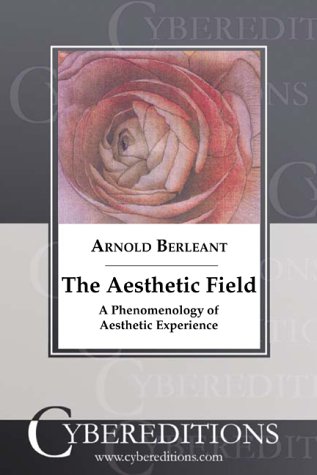
(Arguing that traditional answers to the question "What is...)
Arguing that traditional answers to the question "What is art?" are partial at best, Arnold Berleant contends that we need to understand art as a complex aesthetic field encompassing all the factors that form the context and experience of art.
http://www.amazon.com/gp/product/1877275255/?tag=2022091-20
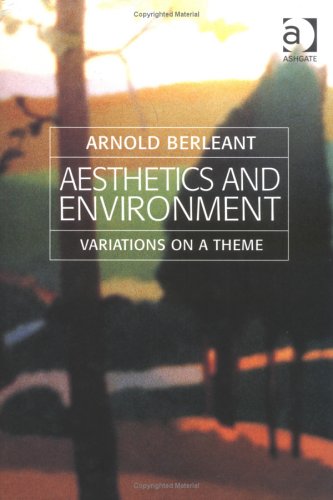
(These essays comprise a set of variations on art and cult...)
These essays comprise a set of variations on art and culture guided by the theme of the environment. The essays deal with the physical reality of the environment such as the city, the shore, the water but also with the virtual environment and the social one.
http://www.amazon.com/gp/product/0754650774/?tag=2022091-20
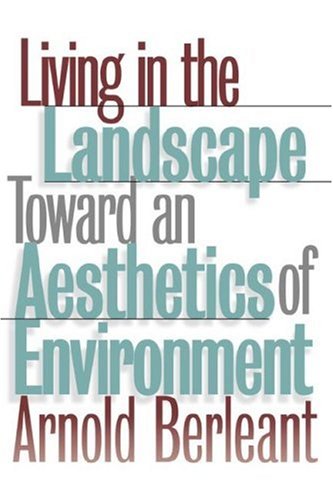
(In Living in the Landscape Arnold Berleant explores new w...)
In Living in the Landscape Arnold Berleant explores new ways of thinking about how we live—and might live—in the landscapes that enfold us. Through the concepts of "aesthetic engagement" and "environmental continuity," he proposes a new paradigm that offers a holistic approach to the meaning of place and places of meaning in our lives. Although environmental aesthetics is linked in the popular mind to dramatic vistas and monumental landscapes—the Grand Canyon, for example—Berleant is much more concerned with the commonplace settings of everyday life. He argues that our active appreciation of (or "aesthetic engagement" with) the prosaic landscapes of home, work, local travel, and recreation plays a vital role in our discovery of hidden continuities, as well as pleasure and meaning, in the places we inhabit. Berleant begins with a general introduction to environmental aesthetics, identifying the kinds of experience, meanings, and values it involves, and describing its historical sources and the issues with which it is concerned. In the rest of the book, he spotlights new directions in the field—as they relate to education, community, creativity, and the sacred—and provides an insightful analysis of "negative environmental aesthetics." Throughout, he is both thoughtful and entertaining, as evidenced in his extended critique of the pop post-modern environment of Disney World. Berleant addresses issues commonly associated with the environmental movement—e.g., preservation, pollution control, and quality of life. But his study draws from a wide range of disciplines and for that reason should also appeal to scholars and students interested in art and aesthetics, landscape architecture and planning, urban and environmental design, and cultural geography, as well as environmental studies.
http://www.amazon.com/gp/product/0700608117/?tag=2022091-20
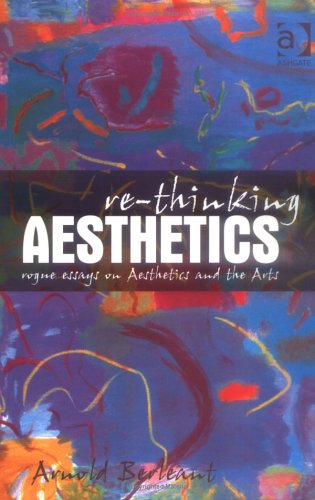
(The essays, collected by Berleant in this volume all expr...)
The essays, collected by Berleant in this volume all express the impulse to reject the received wisdom of modern aesthetics: that art demands a mode of experience sharply different from others and unique to the aesthetic situation, and that the identity of the aesthetic lies in keeping it distinct from other kinds of human experience, such as the moral, the practical, and the social. Berleant shows, on the contrary, that the value, the insight, the force of art and the aesthetic are all enhanced and enlarged by recognizing their social and human role, and that this recognition contributes both to the significance of art and to its humanizing influence on what we like to call civilization.
http://www.amazon.com/gp/product/0754650138/?tag=2022091-20
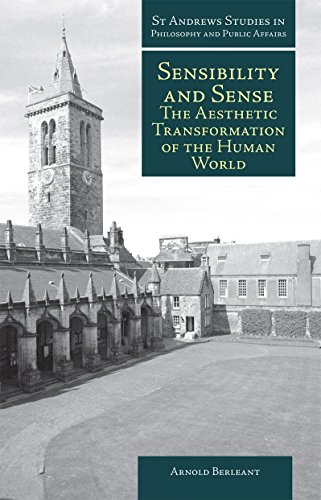
( Aesthetic sensibility rests on perceptual experience an...)
Aesthetic sensibility rests on perceptual experience and characterizes not only our experience of the arts but our experience of the world. Sensibility and Sense offers a philosophically comprehensive account of humans' social and cultural embeddedness encountered, recognized, and fulfilled as an aesthetic mode of experience. Extending the range of aesthetic experience from the stone of the earth's surface to the celestial sphere, the book focuses on the aesthetic as a dimension of social experience. The guiding idea of pervasive interconnectedness, both social and environmental, leads to an aesthetic critique of the urban environment, the environment of daily life, and of terrorism, and has profound implications for grounding social and political values. The aesthetic emerges as a powerful critical tool for appraising urban culture and political practice.
http://www.amazon.com/gp/product/1845400763/?tag=2022091-20
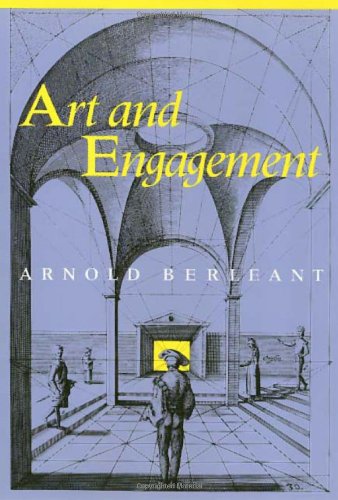
(Develops an alternative to the eighteenth-century aesthet...)
Develops an alternative to the eighteenth-century aesthetic of disinterestedness. Centering on the notion of participatory engagement in the appreciation of art, this work explores its appearance in art and in aesthetic perception. It examines the ways in which art entices us into intimate participation in its workings.
http://www.amazon.com/gp/product/1566390842/?tag=2022091-20
Berleant, Arnold was born on March 4, 1932 in Buffalo. Son of Bernard and Elizabeth (Barkun) Berleant.
Student, State University of New York, Fredonia, 1951. Bachelor of Music, Eastman School Music. Bachelor of Medicine, University Rochester, 1953.
Master of Arts, University Rochester, 1955. Doctor of Philosophy, State University of New York, Buffalo, 1962.
Teaching fellow, State University of New York, Buffalo, 1958-1960;
instructor, State University of New York, 1960-1961;
lecturer, State University of New York, 1961-1962;
assistant professor philosophy, C.W. Post Campus, L.I.U., 1962-1965;
associate professor, C.W. Post Center, L.I.U., 1965-1970;
professor, C.W. Post Center, L.I.U., 1970-1992;
professor emeritus, C.W. Post Center, L.I.U., since 1992. Bingham professor humanities U. Louisville, 1994. Visiting associate professor San Diego State College, 1966.
Member social science faculty Sarah Lawrence College, 1966-1968.
(The essays, collected by Berleant in this volume all expr...)
(Arguing that traditional answers to the question "What is...)
(Unlike environmental ethics, where what is right and wron...)
(In Living in the Landscape Arnold Berleant explores new w...)
( Aesthetic sensibility rests on perceptual experience an...)
(Environmental aesthetics explores the meaning and influen...)
(These essays comprise a set of variations on art and cult...)
(Develops an alternative to the eighteenth-century aesthet...)
Served with United States Army, 1954-1956. Member American Association of University Professors, International Association Aesthetics (secretary-general 1987-1995, president 1995-1998), American Society Aesthetics (secretary-treasurer 1978-1988), International Institute Applied Aesthetics (Lahti, Finland), Finnish Society Aesthetics (honorary), Sydney Society Literature and Aesthetics (honorary), French Society Aesthetics (member committee of honor), International Association Aesthetics (honorary life).
Married Riva Schiller, August 1, 1958. Children: Daniel, Andrea, Anne Nicole.
